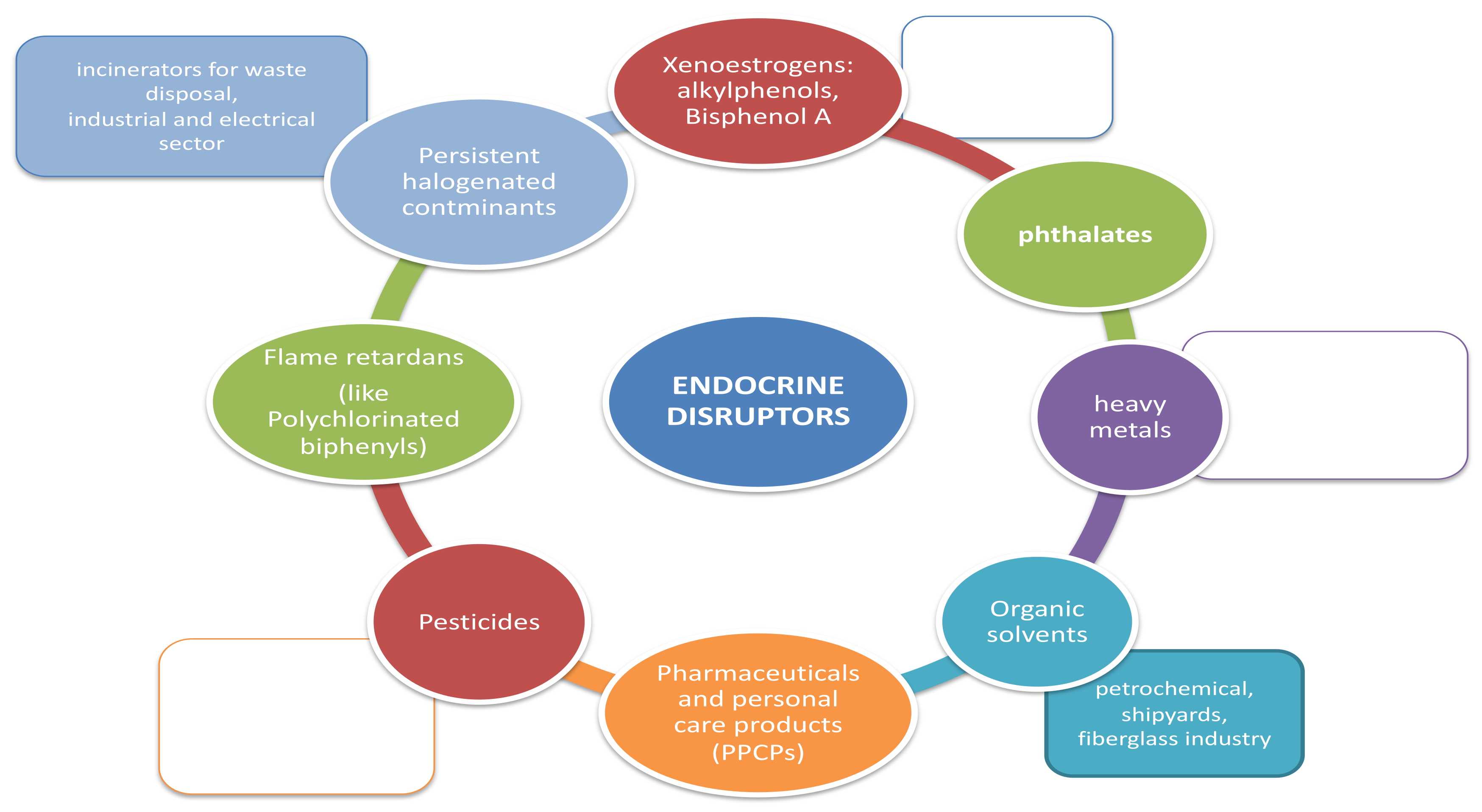According to a national American university study, their chemical exposure has increased. The magazine Environmental Science & Technology published the findings of a study conducted by researchers at the University of California, San Francisco earlier this week.
The study found an increase in chemical exposure from plastics and pesticides, which can be harmful to a developing foetus.
The study lasted 12 years and included 171 women from various states across the country, with one-third being white women, 40% being Latinas, and the rest belonging to various other ethnic groups.103 different chemicalsUsing a new method that captures dozens of chemicals or traces from a single urine sample, researchers measured 103 chemicals, mostly from pesticides, plastics, and chemical replacements for BPA and phthalates.
Many of the chemicals to which the women had been exposed were substitutes, or new forms of chemicals that had been banned or phased out and could be just as dangerous as the ones they replaced.

The study also discovered that a large number of women had been exposed to neonicotinoids, a type of pesticide that is toxic to bees. A word of caution more than 80% of the chemicals were found in at least one of the women in the study, and more than 33% of the chemicals were found in the majority of the participants. And some of these chemicals were found in higher concentrations than in previous studies.”This is the first time we can measure the amounts of chemicals in such a large and diverse group of pregnant women – and not just identify the chemicals,” says Tracy J. Woodruff, head of the Program on Reproductive Health and the Environment at the University of California and lead author of the study.
Women of Latin origin have higher levels of parabens.”Our findings clearly show that the number and magnitude of chemicals present in pregnant women increase during a very vulnerable developmental period for both the pregnant person and the foetus,” she continues. Another point raised this time by Jessie Buckley, a co-author of the study who studies environmental chemical exposures in childhood: “While pesticides and chemical substitutes were prevalent among all women, we were surprised to find that Latin women had significantly higher levels of parabens, phthalates, and bisphenols.”










































